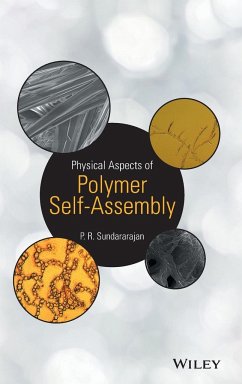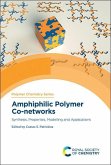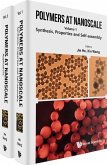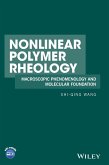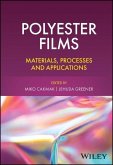Although the concept of molecular self-assembly has been recognized and evolved for over four decades, it is only during the past few years that research activity has intensified in the area. Self-assembling polymers result in desirable functional properties and structures like micelles, membranes, vesicles, and liquid crystals. The concept of polymer self-assembly is an increasingly popular branch of polymer chemistry and associated with a variety of novel applications in fields like nanotechnology, polymer physics, and engineering and advanced morphological, smart, and stimuli-responsive properties. Offering an overview of principles and techniques, Physical Aspects of Polymer Self-Assembly covers all major categories of self-assembled polymers - properties, processes, and design. The opening chapters define polymers and self-assembly to introduce fundamental features, like self-sorting, self-assembly in solution, chain folding, foldamers, and kinetic self-assembly. Each of the following chapters then focuses on the self-assembly of a different polymer type and provide in-depth descriptions of morphologies, reactions, and properties. The author uses examples to further illustrate the possibilities of polymer self-assembly and initiate research in emerging fields, concluding with a discussion on challenges and outlook of the field. For practicing polymer scientists in academia or industry, Physical Aspects of Polymer Self-Assembly offers a valuable one-stop reference and resource that: - Provides an organized, comprehensive overview of polymer self-assembly, its fundamentals, principles, and applications - Includes chapters on molecular forces leading to self-assembly, features of self-assembly of polymers, block copolymers, supramolecular polymers, rotaxanes, polymer gels, and small molecules in polymer matrices - Focuses on novel applications, like conjugated polymers, gels, fibers, nanomaterials, and stimuli-responsive polymers that can be applied to polymer science, materials science, and nanotechnology - Examines state-of-the-art concepts, like lithographic patterning, and foldaxane
Hinweis: Dieser Artikel kann nur an eine deutsche Lieferadresse ausgeliefert werden.
Hinweis: Dieser Artikel kann nur an eine deutsche Lieferadresse ausgeliefert werden.

